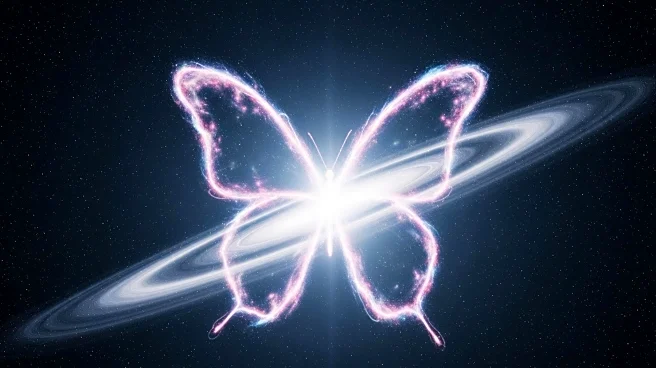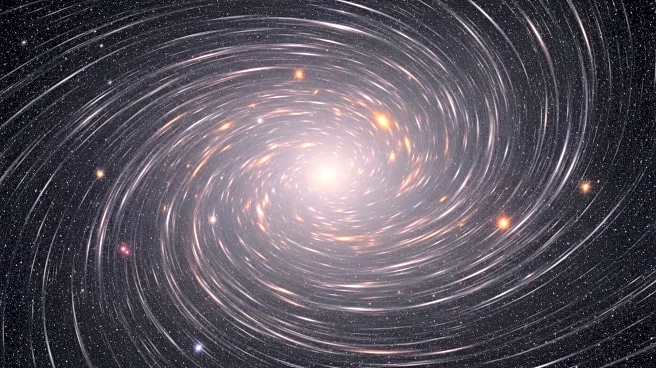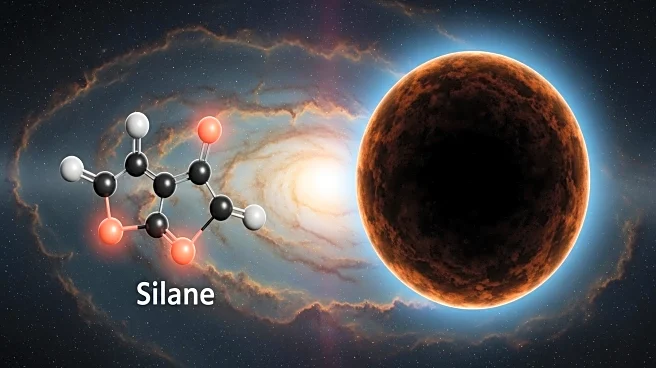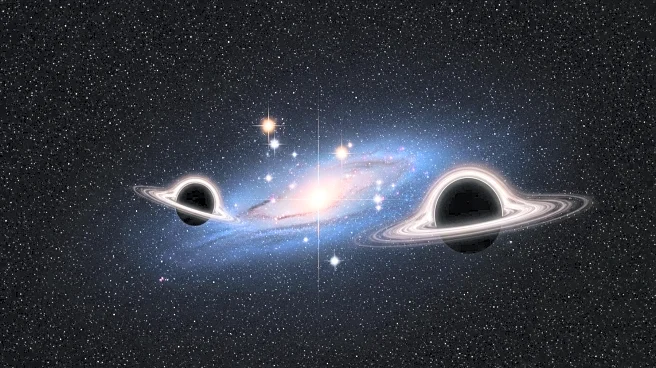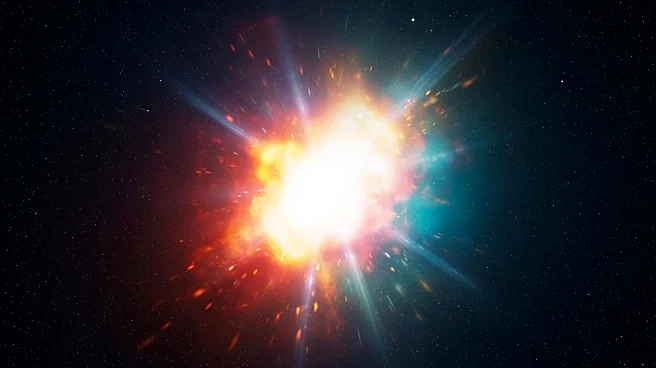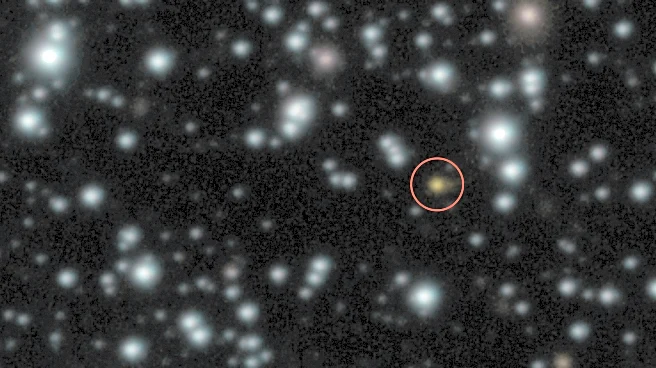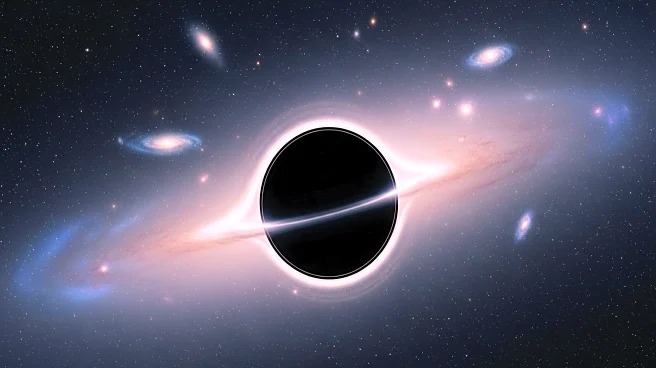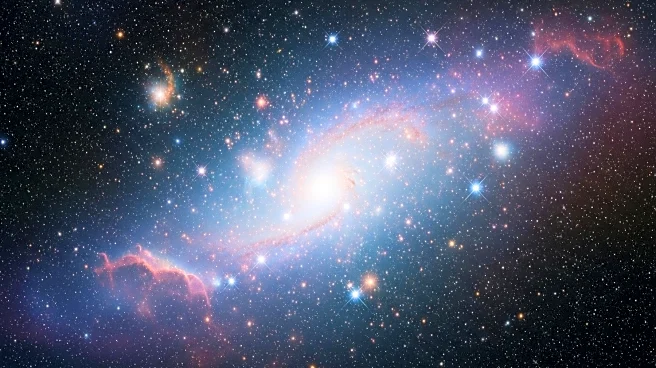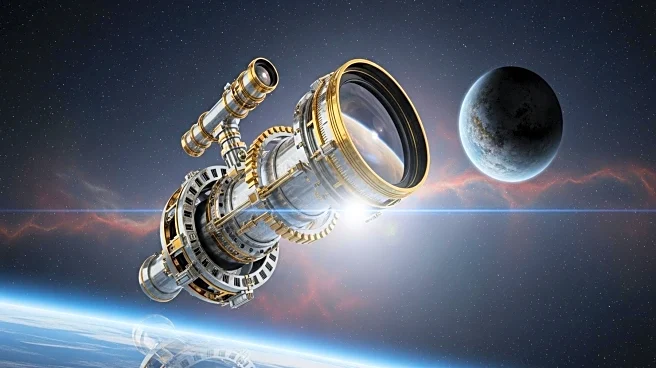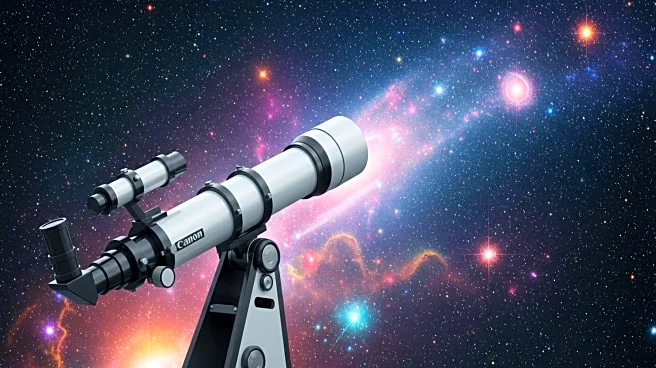What is the story about?
What's Happening?
Astronomers have identified a gamma-ray burst (GRB) named GRB 250702B that defies conventional understanding by repeating several times over a single day. Detected by NASA's Fermi Gamma-ray Space Telescope and later confirmed by the Very Large Telescope (VLT) and Hubble Space Telescope, this GRB is unlike any observed in the past 50 years. Typically, GRBs result from the catastrophic collapse of massive stars or tidal disruption events, leading to single, short-lived bursts. However, GRB 250702B's repeated explosions challenge these scenarios, suggesting a unique cosmic event.
Why It's Important?
The discovery of GRB 250702B has profound implications for astrophysics, as it challenges existing models of gamma-ray bursts and the processes that produce them. Understanding this phenomenon could lead to new insights into the life cycles of stars and the dynamics of black holes. The event's extragalactic origin, confirmed by the VLT, suggests it is more powerful than initially thought, potentially altering theories about the energy and mechanics of cosmic explosions. This could impact future research and observations, prompting a reevaluation of GRB classification and behavior.
What's Next?
Researchers are closely monitoring GRB 250702B with the VLT and James Webb Space Telescope to gather more data on its aftermath and better understand its nature. The team aims to pinpoint its exact location and determine the cause of its unusual behavior. This ongoing investigation may reveal new mechanisms behind GRBs and contribute to the development of more accurate models. The findings could also influence the design of future space missions and observational strategies, as scientists seek to uncover the mysteries of these powerful cosmic events.
AI Generated Content
Do you find this article useful?


